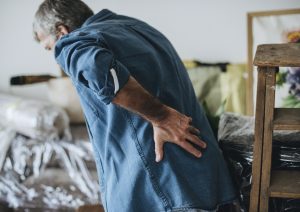If you have worked with me before, you know that I am a fan of mobility exercises and it can be extremely beneficial for the right person but like most things, people have taken it to the extremes. Mobility is the flavor of the year and it seems like mobility work can fix all of life’s issues. If you’re tight, mobility will loosen you up. If you’re sore, mobility will alleviate the pain. If you have some relationship problems, mobility will fix them.
There is a time and a place for everything, so throughout this article, I’ll take you through:
- What “tightness” is and how our approach to reducing “tightness” isn’t black and white
- Beighton laxity test to determine if you need more mobility or stability work
- Mobility interventions to increase range through ankles, hips, and thoracic to improve your posture, and performance in the gym
First up, we’ll dive into the discussion with what “tightness” is, and how your approach to reducing “tightness” should not be generic.
Everyone’s approach to improving their posture will be individual, just like their need for mobility and stability work, so how do you determine which one you need more of? A good start is with the Beighton 9-point laxity test, which will give you a good idea of how hyper, or hypomobile you are. The video below dives into this test.
If you scored low on the test (like me, cough) then you need some more mobility work, coupled with smart stability work to improve your posture. But like anything, we need to be selective and know why we are doing it. The video below will take you through mobility exercises, specifically focusing on increasing the range of motion through the ankles, hips, and thoracic spine.
Drills covered in the video are:
- Straight leg ankle mobilization x8/side
- Standing rocking ankle mobilization x8/side
- Thoracic extension over roller 3 x 6-8
- Floor yoga plex x6-8/side
- Squat to stand with reach x6-8/side
Having sufficient mobility, specifically through the ankles, hips, and thoracic spine is not only important for your posture but for keeping injuries at bay, rehabilitation, and setting your body up in a good position to train. Understanding mobility has its time and place, and next week we’ll look at how stability exercises can be a game-changer for your posture.
All the best,
Dylan Jones

